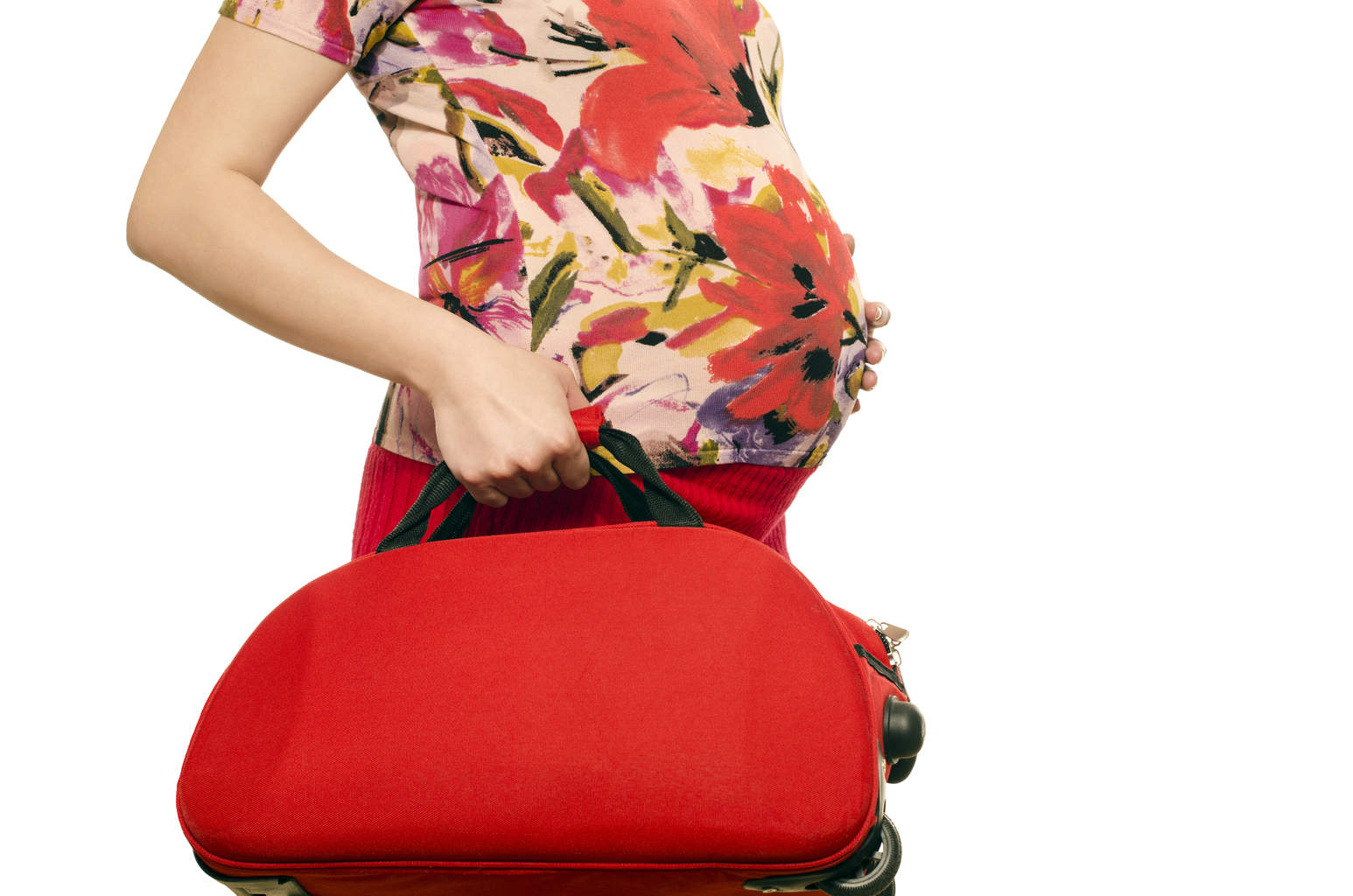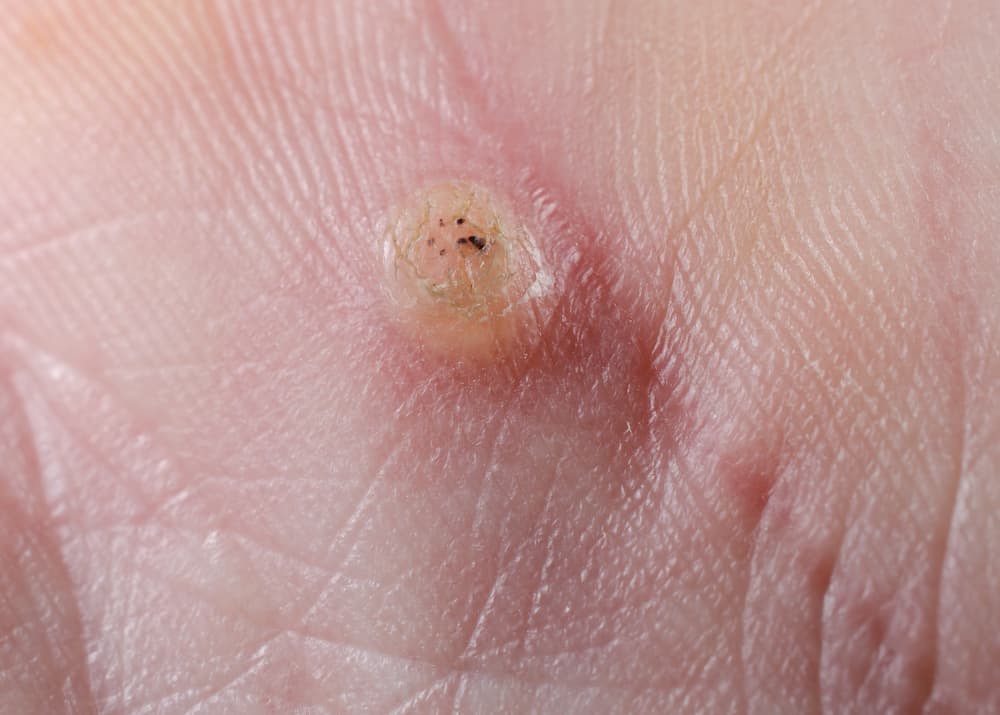Contents:
Medical Video: Cystoscopy
Definition
What is cystoscopy?
Cystoscopy is a medical test that will help the doctor examine the inside of the bladder and the urethra (bladder connecting channel) using a flexible thin lens tube called a cystoscope. The cystoscope is inserted slowly through the urethra into the bladder. Cystoscopy will show areas inside the urethra and bladder that are not clearly visible on x-ray scanning. Small surgical equipment can be inserted into a cystoscope that will help your doctor to take tissue samples (biopsy) or needed urine samples.
Small stones found in the bladder canal and small cysts can be removed during this procedure. Cystoscopy can rule out the possibility of further surgery.
When do I have to undergo cystoscopy?
To help with diagnosis Cystoscopy tests can be done to find out the cause of the signs, such as:
- recurrent bladder tract infection
- blood spots on urine (hematuria)
- incontinence (bedwetting)
- abnormal cells detected in urine samples
- persistent pain and does not go away when urinating
- difficulty urinating (may be caused by an enlarged prostate or narrowing of the urethral pathway)
Cystoscopy is generally common. However, this test helps to eliminate some specific causes of symptoms that are present. Cystoscopy is also done to monitor the development of the condition. For example, some people routinely perform cystoscopy after finishing with bladder tumor therapy. This test helps detect signs of recurrent tumors so they can be treated immediately before spreading.
To deal with certain conditions or perform other procedures
By using a variety of instruments that are inserted through a cystoscope, doctors can:
- lifting bladder stones. If the stone is found at a higher location - in the ureter - the doctor will extend the cystoscope hose to the ureter. Ureters are channels that drain urine from the kidneys to the bladder
- take urine samples from each ureter. This biopsy helps to check for infections or tumors in one kidney
- remove small polyps or tumors from the bladder pathway
- insert a stent (small tube) into a narrow ureter to help smooth the flow of urine, if there is a narrowing
- do an x-ray scan of the ureter and kidney. The doctor will inject a special liquid into the ureter to the kidneys that will be visible at the time of scanning and help detect problems from the ureter or kidney
- lifting the prostate gland (using a special cystoscope that will slice the gland little by little)
Prevention & warning
What should I know before undergoing cystoscopy?
Cystoscopy will not be done if you have an infection in the bladder, prostate gland, or urethra. Other x-ray tests, such as retrograde pyelography or cystourethrography, can be done during cystoscopy.
Process
What should I do before undergoing cystoscopy?
Depending on the type of procedure you are going to take, the doctor may prescribe antibiotics before or after the procedure to help prevent infection. If cystoscopy is performed in the operating room using anesthesia, the surgical department will explain further procedure instructions.
Generally, you will be asked to take anything orally since midnight before the procedure day. In recent years, a number of anesthesiologists have begun to allow consumption of certain fluids up to 4 hours before the procedure. For procedures performed only with local anesthesia, there is no need to fast.
Tell your doctor if you are using blood thinning drugs, including warfarin (Coumadin), aspirin, and ibuprofen.
What is the process of cystoscopy?
General cystoscopy is performed as an outpatient procedure. This test is usually done when you wake up. Some people will be given sedatives for relaxation. You will be asked to wear a surgical gown and lie on your back on the operating table. The opening of the urethra (at the tip of the penis or the outer side of the vagina) and the nearest skin area will be sterilized. Special gel will be inserted into the urethral opening. This gel contains local anesthetics to numb your urethra. Anesthetic will minimize discomfort when a cystoscopy is inserted into the urethra.
The doctor will then push the cystoscope slowly into the bladder. Through the cystoscope, the doctor will examine the urethral pathway and the bladder wall. Sterile water starts flowing through the side cavity in the cystoscope to fill your bladder. As the bladder fills up, you will feel the urge to urinate, which may feel uncomfortable.
The procedure takes about 5-10 minutes if done only to see the inside of the bladder. The procedure will last longer if the doctor performs another procedure - for example, doing a biopsy from your bladder wall. Then the cystoscope will be pulled out slowly. The results of the examination can be seen immediately after the procedure. If the doctor performs a biopsy, the sample will be sent to be tested further and examined under a microscope. This process can take several days until the biopsy results can be examined by your doctor.
In some cases, general anesthesia will be given during a cystoscopy procedure, especially if the cystoscope is rigid used for examination. In certain cases, spinal anesthesia will be given to numb the lower part of the body.
What should I do after undergoing cystoscopy?
Some people who undergo cystoscopy will be able to return home some time after the procedure is over. Recovery will depend on the type of anesthesia used. If you use local anesthesia, you can go home immediately. However, the recovery process can last up to 1-4 hours for some people. During this observation period, the anesthetic effect will gradually disappear, and you will be able to urinate again before returning home.
Explanation of Test Results
What do the test results mean?
Some results of cystoscopy tests can be received immediately after the procedure is over. Biopsy results will follow within a few days.
| Cystoscopy | ||
| Normal: | The condition of the urethra, bladder and ureter looks normal | |
| There are no other polyps or abnormal tissue, swelling, bleeding, narrowing, or other structural problems | ||
| Abnormal: | There is swelling and narrowing of the urethra caused by previous infection or enlarged prostate | |
| A tumor in the bladder is detected (risk of cancer or benignness), polyps, boils, rocks, or inflammation of the bladder wall | ||
| Visible abnormalities in the urinary tract structure from birth (congenital) | ||
| In women, a pelvic organ collapse is detected | ||
Hello Health Group does not provide medical advice, diagnosis or treatment.











